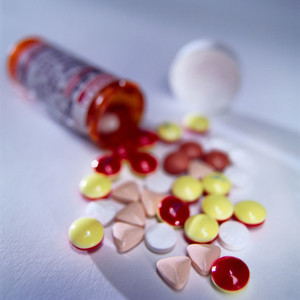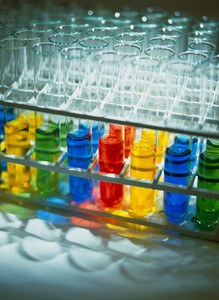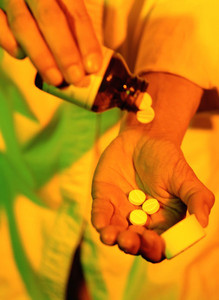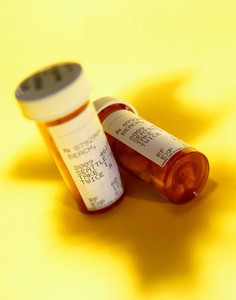Russia is planning to pump RUB 120 billion (US$4 billion) into its fledgling pharmaceutical sector this decade as part of a broader push to diversify the economy away from its traditional oil and gas industry.
Russian drug spending set to reach US$4 billion by 2020
Home/Policies & Legislation
|
Posted 07/07/2010
 0
Post your comment
0
Post your comment

"The development of Russian pharmaceuticals will not go through without help from the state” stated Industry Minister, Mr Viktor Khristenko.
Under its strategy for pharmaceutical sector development, Russia aims to increase local producers' share of total drug sales from its current 20% to 25% by 2012 and 50% by 2020.
The Russian government's plans include a range of incentives for locally-made products, such as faster registration and preferred status in the programme which supplies health care to those on low incomes.
According to the Russian Association of International Pharmaceutical Manufacturers, global drugmakers are ready to spend a combined US$1 billion on setting up local production in Russia. Multinationals which have announced plans to set up or extend manufacturing facilities in Russia, include AstraZeneca, GlaxoSmithKline, Novartis, Novo Nordisk, Pfizer, and Sanofi-aventis.
With growth in the Russian pharmaceutical market set to far outpace that for western nations and sales this year expected to grow by RUB 12% and US$ 18–20% this is looking like a very lucrative market.
By 2010, the Russian pharmaceutical market should be worth at least US$60 billion, and could rise as high as US$90 billion, according to Pharmexpert.
References:
Reuters Article, Russia to spend $4 billion on pharma industry by 2020, 19 June 2010
Russian Association of International Pharmaceutical Manufacturers (AIPM) [homepage on the Internet]. Moscow, Russia: AIPM; c1994-2009 [cited 2010 June 22].
Pharmexpert, Main trends of Russia’s pharma market [page on the Internet]. Moscow, Russia: Pharmexpert; c1994-2009 [updated 2010 May 11; cited 2010 June 22].
Guidelines
New guidance for biologicals in Pakistan and Hong Kong’s independent drug regulatory authority
Canada poised to remove requirement for Phase III trials for biosimilars
ANVISA tackles 24-month backlog in biologicals post-registration petitions

Home/Policies & Legislation Posted 10/10/2025
US EO: delivering Most-Favored-Nation Prescription Drug Pricing to American patients

Home/Policies & Legislation Posted 03/10/2025
Uruguay to establish independent AUVISA drug agency for healthcare reform

Home/Policies & Legislation Posted 17/09/2025
The best selling biotechnology drugs of 2008: the next biosimilars targets







Post your comment